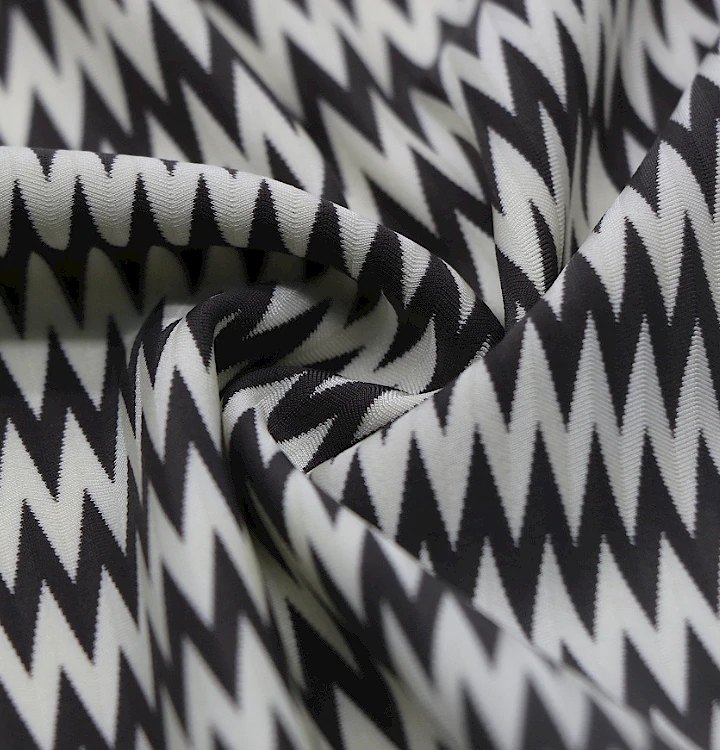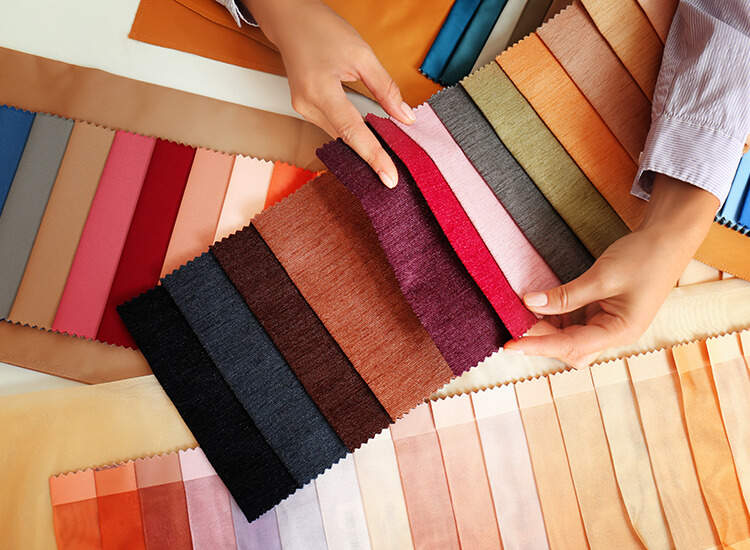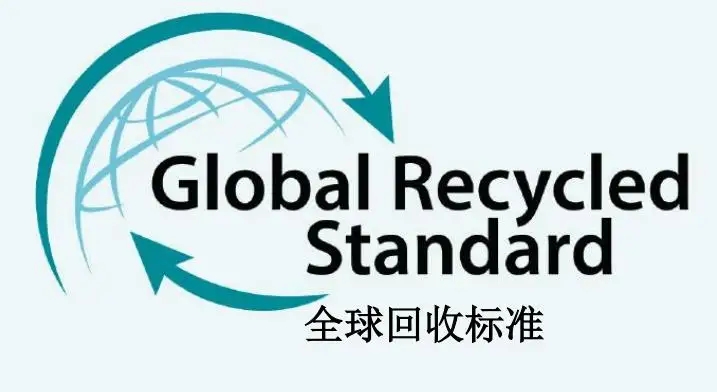Designing clothes with recycled polyester has many advantages.
First, because polyester accounts for more than half of the fibers used in the textile and clothing industries – replacing it with recycled alternatives will immediately and better reduce dependence on fossil fuels. The development of popular non original alternatives will have a positive impact on future energy demand. This will become a tool to help brands reduce greenhouse gas emissions throughout the supply chain.
Secondly, recycled polyester helps to reduce the earthquake waste of the fashion industry, which processes more than 48 million tons of clothes every year. This is an intuitive way to discover the value of waste and encourage positive recycling behavior. It also introduces shoppers to innovative possibilities for sustainable fabrics.
Another advantage is that recycled polyester has a smaller carbon footprint than native polyester. A study in 2017 found that the carbon emissions from the manufacture of RPET were 79% less than those from the production of its original counterpart. Therefore, the use of recycled polyester may help brands achieve their climate goals and contribute to the 2015 Paris Agreement and sustainable development goals.
Converting plastic into fabric is one way to help reduce 8 million tons of plastic in the ocean each year. This helps to protect marine ecosystems and underwater wildlife that are often threatened by plastic pollution.
Ultimately, using recycled fibers, such as recycled polyester, can foster collaboration and change in the fashion industry. This move not only helps reduce dependence on limited resources, but also reduces environmental pollution and carbon emissions.
In 2019, the Textile Exchange issued a landmark request for more than 50 well-known brands, including Adidas, Gap and H&M, to increase their use of recycled polyester by 25% by 2020. This goal is set to promote the transformation of the fashion industry towards sustainable development and encourage brands to adopt more environmentally friendly materials and production methods.
The brands responded positively to the Textile Exchange’s requirements and successfully met the deadline. Not only did they increase the use of recycled polyester by 36%, they also took a series of innovative measures to increase the utilization of recycled fiber. For example, some brands have cooperated with textile factories to establish closed-loop supply chain systems to ensure that waste textiles are properly processed and reused. At the same time, they have also strengthened communication with suppliers and partners and worked together to promote the sustainable development of the entire industry chain.
Collaboration is expanding globally as more organizations join the movement. Many countries and regions have set similar goals to recycle more polyester materials. For example, some countries have set up specialized agencies for the recycling of polyester to provide technical support and financial assistance to encourage companies and individuals to participate in recycling activities. In addition, some international organizations also actively advocate the concept of circular economy and promote the development of the fashion industry in a more sustainable direction.
Recycling 20% of the world’s polyester by 2030 is a very important goal. Achieving this goal will help control emissions, reduce reliance on fossil fuels and lay the foundation for a sustainable future. However, achieving this goal requires joint efforts from all parties. Governments, enterprises, consumers and social organizations should all play their respective roles, strengthen cooperation, and jointly promote the green transformation of the fashion industry.
All in all, using recycled fibers is an important step towards sustainable development in the fashion industry. By increasing the use of recycled polyester and establishing closed-loop supply chain systems, brands have achieved significant results. As more organizations join the movement, we have reason to believe that the goal of recycling 20% of the world’s polyester by 2030 is achievable. This will lead to a more sustainable future for the fashion industry, while also contributing to our society and environment.




